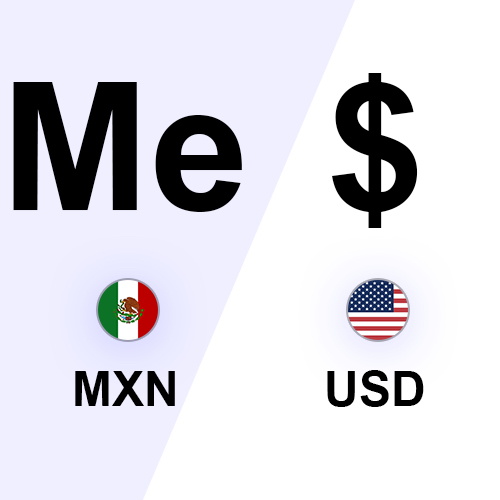The exchange rate between the US Dollar (USD) and the Mexican Peso (MXN) is a critical indicator in the global economic landscape. Investors, businesses, and policymakers closely monitor these fluctuations as they can have a profound impact on international trade, tourism, and financial markets. In this article, we will delve into the current state of the USD to MXN exchange rate, exploring the factors that contribute to its fluctuations and the implications for various stakeholders.
Current Exchange Rate:
As of today, [insert current date], the exchange rate between the US Dollar and the Mexican Peso stands at [insert current rate]. This rate reflects the value of one US Dollar in terms of Mexican Pesos. Exchange rates are dynamic and influenced by a myriad of economic, political, and social factors.
Factors Influencing Exchange Rates:
- Interest Rates: Central banks play a pivotal role in shaping exchange rates through their monetary policies. Higher interest rates in the United States, for instance, can attract foreign capital, increasing the demand for the US Dollar and subsequently strengthening its value against other currencies, including the Mexican Peso.
- Economic Indicators: Economic performance indicators, such as GDP growth, employment rates, and inflation, can impact exchange rates. A robust US economy may lead to increased demand for the US Dollar, causing it to appreciate against the Mexican Peso.
- Political Stability: Political stability is a key factor influencing investor confidence. Any signs of political instability in either the United States or Mexico can lead to fluctuations in the exchange rate as investors reassess the risk associated with each currency.
- Trade Balances: The trade balance between two countries can affect their currencies’ relative values. If the United States experiences a trade surplus with Mexico, there will be a higher demand for the US Dollar, leading to an appreciation against the Mexican Peso.
- Global Events: Events on the global stage, such as geopolitical tensions, natural disasters, or health crises, can create uncertainty in financial markets. This uncertainty often prompts investors to seek safe-haven currencies like the US Dollar, causing it to strengthen against others.
- Speculation: Traders and investors engage in speculative activities, betting on future currency movements. Speculation can lead to short-term fluctuations in exchange rates that might not necessarily align with the underlying economic fundamentals.
Implications for Stakeholders:
- Importers and Exporters: Businesses engaged in international trade need to carefully monitor exchange rates. A stronger US Dollar might benefit US importers but could pose challenges for exporters, making their goods more expensive for foreign buyers.
- Tourism Industry: Exchange rate fluctuations impact tourism, affecting the flow of visitors between the United States and Mexico. A weaker Peso might attract more US tourists to Mexico, boosting the tourism industry but potentially hurting Mexican travelers to the US.
- Investors: Currency traders and investors closely watch exchange rates to make informed decisions. The fluctuations can create opportunities for profits but also entail risks, emphasizing the importance of a well-thought-out investment strategy.
- Central Banks: Central banks intervene in currency markets to maintain stability. Both the Federal Reserve in the United States and the Bank of Mexico actively manage monetary policies to influence exchange rates and support their economic objectives.
Conclusion:
The USD to MXN exchange rate is a dynamic and multifaceted indicator influenced by various economic, political, and global factors. Understanding these influences is crucial for businesses, investors, and policymakers alike. As we continue to navigate an interconnected global economy, staying informed about exchange rate movements will be essential for making strategic decisions in an ever-changing financial landscape.

